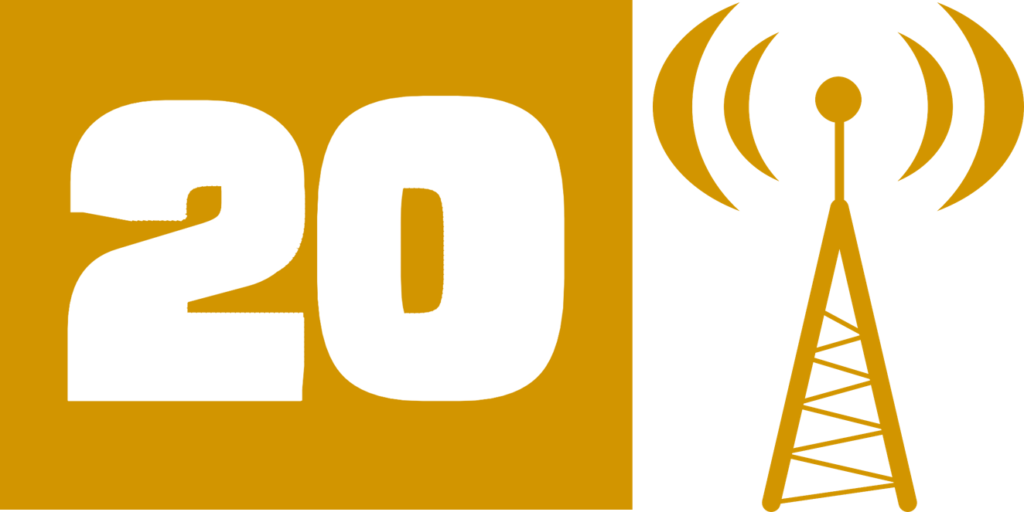
At the end of each year, we go into Casey Kasem mode – counting down those big moments from the year about to pass. Even with the disaster we now see in the rear-view mirror as a dumpster fire we refer to as 2020, we were still treated to those “sticky” rankers of the biggest news stories, celebrities, songs, movies, sports highlights. You name it, there was a list for it.
For most of us, there was nothing easy about 2020. Given the pandemic, some of these “click-bait” lists may have been more difficult to compile in a year we’d just as soon forget. This past weekend, social media was full of humorous (OK, often bitter) adieus to 2020, punctuated by lots of middle-fingered memes.
But one list no one put together was all the things that turned out for radio in 2020. I realize that for many of us, that sounds a bit counter-intuitive. None of us remembers a year we’ve been more eager to turn the page on than this one.
In spite of the challenges, the strife, and the heartbreak that came in torrents this past year, there were some positives – even for the radio business, especially hard hit by COVID. And I’ve saved them until after the holidays to hopefully help us get 2021 off to a great start.
Originally, I was thinking this would be a relatively short list – maybe “The 7 Best Things,” etc. But after polling my team at Jacobs Media and looking back at the year past, it became obvious lots of good came out of this immensely difficult time for all of us, personally and professionally.
If you just take the time to look for it.
So, without further delay, here’s our shot at radio’s 20 best from 2020. As you’ll see, some are a bit ironic, but that’s often what happens when you’re backed in a corner, forced to solve a problem. This year’s theme – “Necessity is the mother of invention” – could not have been more true.
And a little positive thinking sets us up nicely for a new year and a new decade.
In no particular order….
1. Radio learned how to pivot
OK, truth be told, broadcast radio pros have always been an adaptable lot. The agile nature of the medium, the ease in which production can be created, recorded, amended, edited, and re-recorded, the ups and downs of the ratings, and the ease in which formats are flipped have led us to the “given” that most radio people are comfortable with change.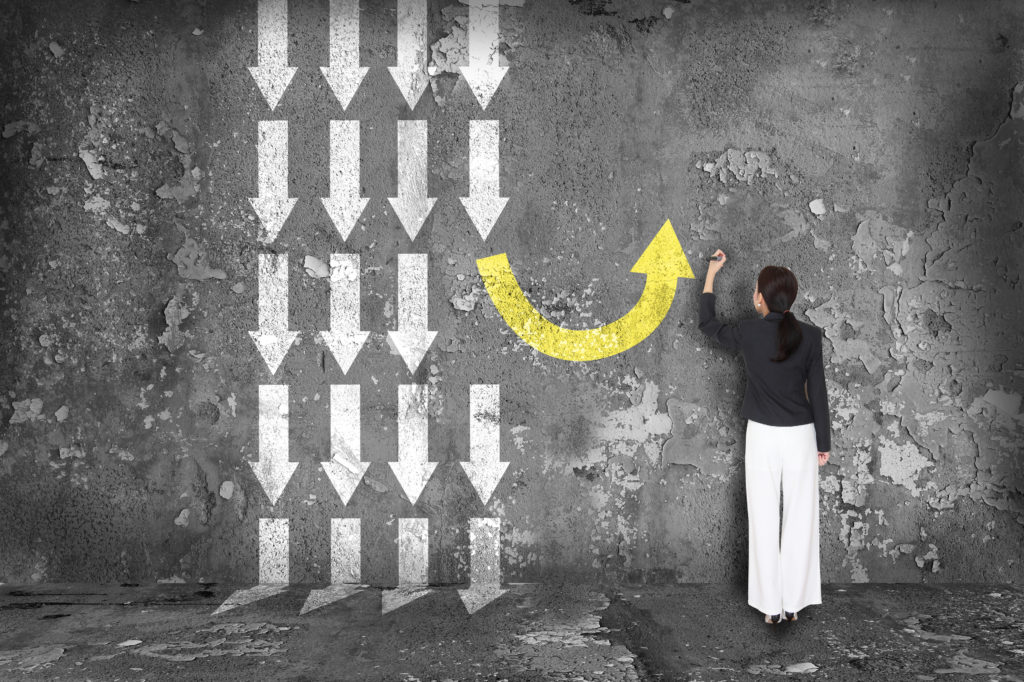
But COVID put all that on steroids, forcing the industry to redefine pretty much everything – from remotes to contests to the ways in which staffs work together – or apart.
The initial lockdowns, for most stations, came quickly last March, forcing literally the entire industry to adapt on the fly. And most listeners never suffered any service outages, or even a degradation of sound.
It was truly an amazing accomplishment, for programming, sales, engineering, marketing, management, and ownership.
2. Radio became expert at WFH
With the exception of essential workers like the police, firefighters, grocery workers, and health care professionals. radio people had to figure out how to conduct business – and broadcast – from home.
While virtually every business was impacted by this disruption, it was especially challenging for those broadcasting from home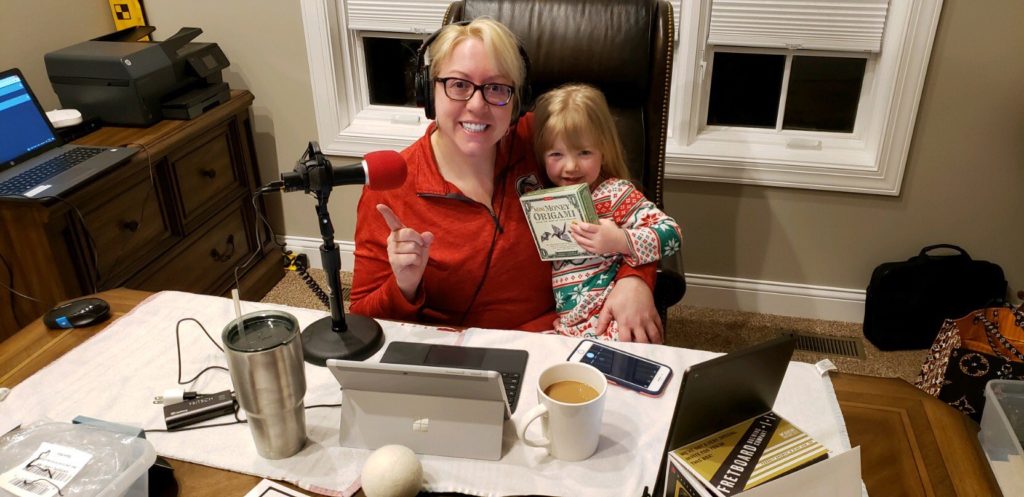 – quickly setting up home studios (or spare bedrooms) and becoming adept at plying their craft in bizarre, often uncomfortable locations and with uninvited guests (like children, pets, and partners).
– quickly setting up home studios (or spare bedrooms) and becoming adept at plying their craft in bizarre, often uncomfortable locations and with uninvited guests (like children, pets, and partners).
For some ensemble shows, this was especially tricky, keeping multiple people safe, either in the same studio, adjoining ones, or from multiple locations.
While some cast members had already been doing a morning or personality show outside the station – and in some cases, outside the market – most radio talent had to learn these skills on the fly – while still trying to keep an audience and advertisers calm and copacetic.
When the smoke clears, and COVID is but a memory, how many radio folks will still be WFH, and how will stations be downsized and reconfigured as a result?
3. Sales and programming developed a renewed spirit of cooperation and collaboration
The cat and dog nature of most radio stations – the sales vs. programming dynamic – has been a part of the environment for decades. Oftentimes, each department’s goal was seemingly in conflict with the others’.
Until COVID, that is.
And that’s when each department was facing a simultaneous, intertwined, but very different crisis. Promotions, marketing, and contests were all virtually scrubbed early on in the pandemic. Street teams were let go or severely downsized.
Empty commercial logs became the bane of everyone’s existence. And PDs and talent were just as upset by the lack of revenue as their counterparts in sales.
For many stations, COVID ushered in a new spirit of cooperation that is something broadcast radio – commercial, public, and Christian – can build on post-pandemic.
4. Radio became proficient at video
That’s been a familiar drumbeat in this blog for years – the need for radio to embrace streaming video. But thanks to COVID, the trend has exploded. And the good news is that many, many radio stations and shows have made great use of video to expand their audiences and to develop depth in their personality brands.
Among the best since the lockdown began is WDRV in Chicago. Video Content Manager (yes, that’s her title), Emma Rimsa, has steered this all-staff effort. And as opposed to simply creating and shooting zany video shorts, the Drive has leaned into the inner strengths of their talent – Bob Stroud’s music trivia, Brian Sherman’s do-it-yourself tool kit, Jill Evans’ skill at craft cocktail-making, Steve Tingle’s cooking prowess (below), and other clever matchups of talent and video:
These mini-productions are bite-sized – easy to consume, and strangely addicting.
And that leads us to the winning “new” platform that’s been supercharged by COVID – TikTok. These quickie videos captured the imaginations – and time – of millions of us. Many radio personalities got in on the fun, making excellent use of the format.
Here’s Becky Mits, on the air at KUBE in Seattle. Becky’s a regular on Tiktok. More and more radio personalities joined her along the way.
@beckymitsYou can still register to vote and actually vote here in Hawai’i. Or a few other states. Link is in my bio ‼️ ##fyp ##vote♬ original sound – becky mitst
5. Great storytelling builds brands…and podcasts
There’s a reason why podcasts will come out of this mess even stronger than when they went in. With more time on their hands, many people finally discovered what this platform was all about.
In just a few days, Techsurvey 2021 will go into the field – and we’ll learn how COVID has changed the game with audio, including projected increases in podcast consumption. We saw the preview, especially in our Public Radio Techsurvey 2020 last spring. Now, nearly four in ten (38%) public radio fans access podcasts weekly or more often – and growing.
Investment in podcasting from the biggest players in tech (Amazon bought Wondery last week) to a whole slew of broadcast radio companies went unabated during 2020, despite a nasty media economy. Once again, it’s affirmation that we love great stories – especially in tough times when positive news is few and far between. And podcasts are a great platform for telling them.
6. Radio in the political arena is as effective as ever
Over the past several election cycles, radio’s participation in most political races was spotty at best. As we’ve written about in this blog during the past several years, many political strategists recommended against radio in the media mix, instead favoring television and digital.
But that changed this year, as radio became part of many campaign recipes. The Biden/Harris campaign leaned 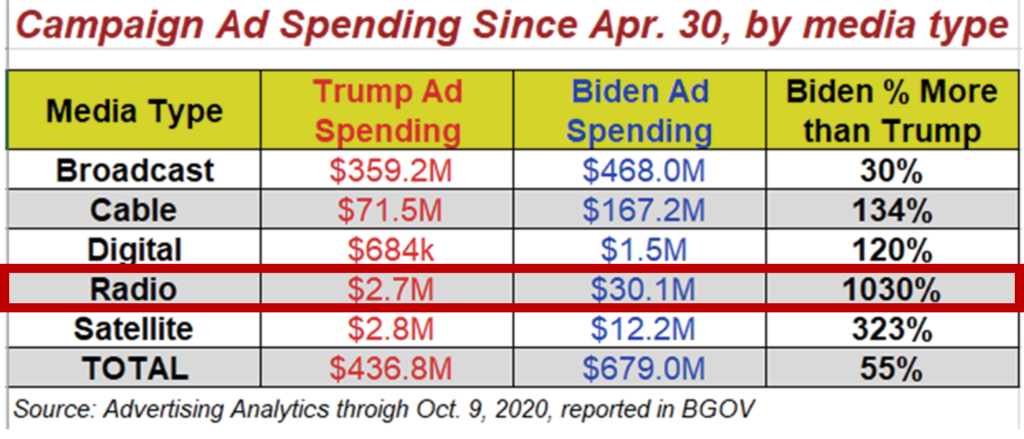 on radio hard, especially in swing states. And you know the result.
on radio hard, especially in swing states. And you know the result.
For many radio operators, the political season was one of the few glimmers in an otherwise horrible year.
Building on the medium’s efficacy in 2020, radio broadcasters should be well-positioned for political contests in the future.
And if you’ve spent any time in Georgia the past few weeks, you know the radio airwaves have been filled with the ads from both Senate races, a continued good sign for the medium in the political arena.
No matter which candidates emerge victorious in the Peach State, radio will be in the winner’s circle.
7. People were even more charitable, and radio was a primary fundraiser
This might have been one of 2020’s curve balls. Many charitable groups and organizations were girding themselves for a disappointing year. After all, given the economic hardships that impacted residents of all 50 states, it just made sense.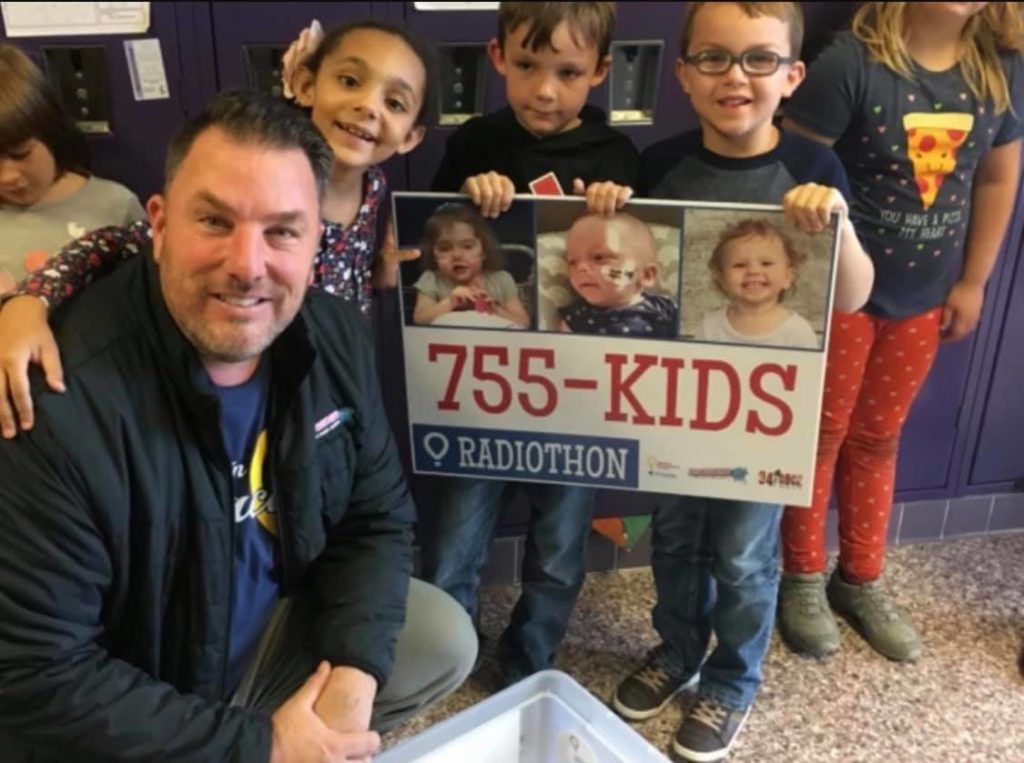
But the reality was that many stepped up, and wrote even bigger checks this year. You can still see the fruits of these labors each day in the radio trades as station after station in big and small markets are reporting impressive fundraising totals.
Last I checked Radio Ink’s running totals, more than $28 million was raised this holiday season – impressive for the worst recession since the Great Depression.
Even under WFH guidelines, shorter staffs, and smaller budgets, many radio broadcasters found a way to not only match last year’s efforts, but in some cases, to exceed them. Take a bow, one and all.
8. Radio’s “emotional benefits” became more real than ever
Every year in Techsurvey, our “Why radio?” question yields large numbers of people who say they turn to AM and FM stations for emotional support: companionship, mood elevation, laughs, and to escape pressure.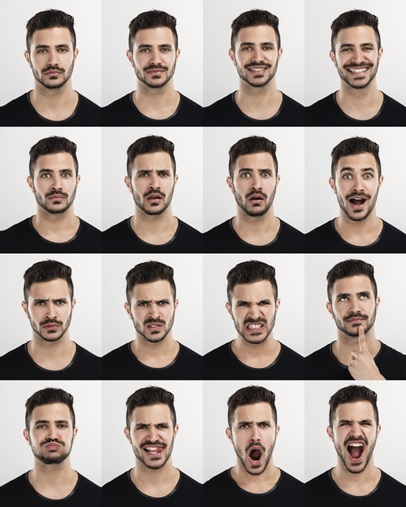
Most of the time, these are just numbers on a colorful chart. But in 2020, they became real. Many listeners re-engaged with their favorite radio stations, wherever they were listening. Personal connections during difficult times proved to be even more important than in “normal years.”
Many radio stations and personalities passed that tough test in 2020, often going that extra mile to calm and entertain listeners at the same time. This is the level of brand equity that will pay off down the road.
9. Radio engendered stronger connections to local businesses
If there was ever a time for support, hometown radio stepped up to support community businesses. The recently announced effort by Entercom is a great example of reinvesting in local businesses. And many other individual stations, clusters, and groups stepped up their efforts.
This will be important moving forward as so many of local radio’s primary advertisers are businesses especially hard hit by the pandemic.
Concerts and sports teams and venues are high up the list, but restaurants and bars will continue to feel the effects of safety measures for months to come.
Initiatives like Beasley Media Group’s “Operation Gift Card” that ran in all their markets is indicative of the efforts radio broadcasters made in 2020 to save local businesses.
And late in the year, Entercom stepped up big-time with a $1 million commitment to support local businesses in their markets. Smart.
10. Radio stations got a new merch opportunity that (nearly) everyone wears
Going into 2020, radio wearables were the same-old same-old: hats, T-shirts, koozies, keychains, etc.
Meh. No wonder the audience hasn’t been especially inspired.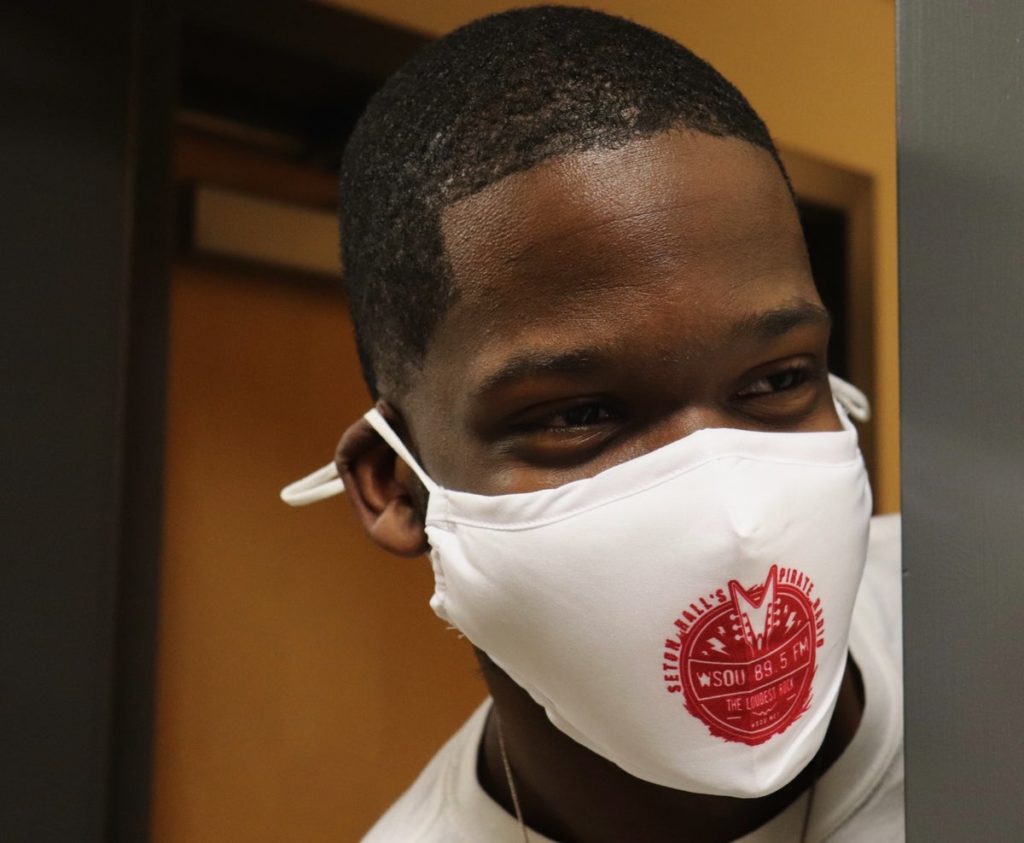
But early in the year, a new “accessory” came out of nowhere – and now most of us are buying them and wearing them wherever we go.
We’re talking face masks, of course, and smart radio stations stepped up with their own branded versions of this health and safety adornment.
Pictured right is Pirate Radio (AKA WSOU), the hard rockin’ metallic juggernaut that broadcasts out of Seton Hall University. They may be a “student station,” but their merch rivals any major market outlet I’ve seen.
The face mask opportunity for radio is real. And if you’ve waited, it’s not too late. Throughout most of 2021 at least, you’ll need them pretty much everywhere you go, and even after that vaccine makes the rounds, it looks like we’ll still be wearing them.
See, 2020 wasn’t so bad. Thanks to my staff as well as Lux at The Point in St. Louis.
And if this group of 10 benefits wasn’t enough to convince you, tomorrow’s post will provide #11-20 in the positive column for radio. You can access it here.
In the meantime, it is hard not to interpret a theme of optimism for radio – and all of us – as we turn the page and start a new year. At Jacobs Media, we believe there’s a bright future ahead for broadcasters who have a vision for the future, and a strategy for how to get there.
I am often asked how our companies have managed to stay ahead of the digital curve. One of the key reasons is that we have religiously attended CES the past dozen or so years.
This year will be no exception, but now you don’t have to be a CEO to be able to afford the time and money to attend. Our virtual tour of CES 2021 takes place Wednesday afternoon, January 13th. $99 buys you a great seat – with no taxi lines, no crowds, no waiting, and no sore feet.
It’s an inexpensive investment in your (and your company’s) future.
Join us. Info here.
- What To Do If Your Radio Station Goes Through A Midlife Crisis - April 25, 2025
- A 2020 Lesson?It Could All Be Gone In A Flash - April 24, 2025
- How AI Can Give Radio Personalities More…PERSONALITY - April 23, 2025





Happy New Year Fred!
Another great post. Thanks for highlighting WSOU in today’s blog. As 2020 was the best year ever for WSOU merch sales, you are right that there is opportunity for radio when it comes to face masks and other swag. Even with no concerts or events to sell at, my students didn’t let the pandemic deter them when it came to our merch. We pushed our online store harder than ever and experimented with new approaches, such as having listeners pre-order limited edition station t-shirts so they got a “rarity” and we didn’t have to worry about unsold inventory.
Merch was a bright spot for WSOU in 2020. I encourage stations to explore what new opportunities are there for them when it comes to branded merch. For years it’s been a great way for us to connect with our listeners.
Wishing all of us a much improved 2021!
Why am I not surprised by any of this, Mark? You were ahead of the curve on merch, you have a great brand, & young people love clever logo product. Thanks for telling the story – and helping me prove my point. Best to you & the student body in 2021.
I couldn’t improve on this list if I tried, Fred. You always have the most insightful take on things, and I think we all needed a focus on the positives as we send 2020 to the dustbin of history.
Best wishes, as always, for 2021!
Thanks, KM. Appreciate you.
You bring up an excellent point about DJs working remotely. While many of them did an excellent job under the circumstances, it’s likely that this could be a precursor to additional downsizing resulting in loss of local talent and identity. It’s my hope that decision-makers will carefully consider your points #7-9 (charity, emotional connection and local community) before making any further drastic cuts. As the covid threat subsides and local economies make a resurgence, the need for a community focus will be more important than ever. It’s possible that a small gimmer of positivity in all of this madness is that people will remember that local radio is still relevant and important and ownership will want to ride that wave.
We can only hope, Jason. Clearly, WFH has made it more convenient and certainly cheaper (think of all the office space we can safe), the personal element – for programming and sales – will continue to be differentiators. If radio broadcasters continue to invest in their trusted ambassadors.
That brings up another point. The abandonment of office space is a reality, but the impact on all the businesses that depend of those people every day is going to be staggering. Just in my city, I think of the bodegas, hot dog vendors and other small family businesses that depend of the millions of office workers that used to stream into NYC everyday. What happens to those people?
Jason, as you point out, the ripple effect is enormous. These are the consequences of cataclysmic change. And the impacts are far-reaching.
As someone who has been broadcasting from home for the last three years – and been doing voice work for many before that, it’s wonderful, convenient and solitary. The thought of doing a regular show with a team of people remotely is terrifying to me. The world will come back to normality and people will interact again as they once had.
As for the personal touch, I could not agree more. I found myself enjoying some local talk here in Boston as I had not in a while – especially at night, my radio was that companion again.
Yes, some radio stations have given us a steady stream of fun teases and video updates, but the theatre of the mind is still where the magic takes place for me. And watching the Bee Gees documentary I remembered that stunts are best left to circus performers (cue the Disco Sucks video). As for merch, one of the stations I work with, WICN has these really cool ergonomic mugs that everyone asks about, and of course, a great looking mask. Radio can offer so much,
Tai, thanks for this perspective. COVID has so disrupted our lives – and our media. Hopefully, we’re making sense of the change, and are responding accordingly. Appreciate the comment.